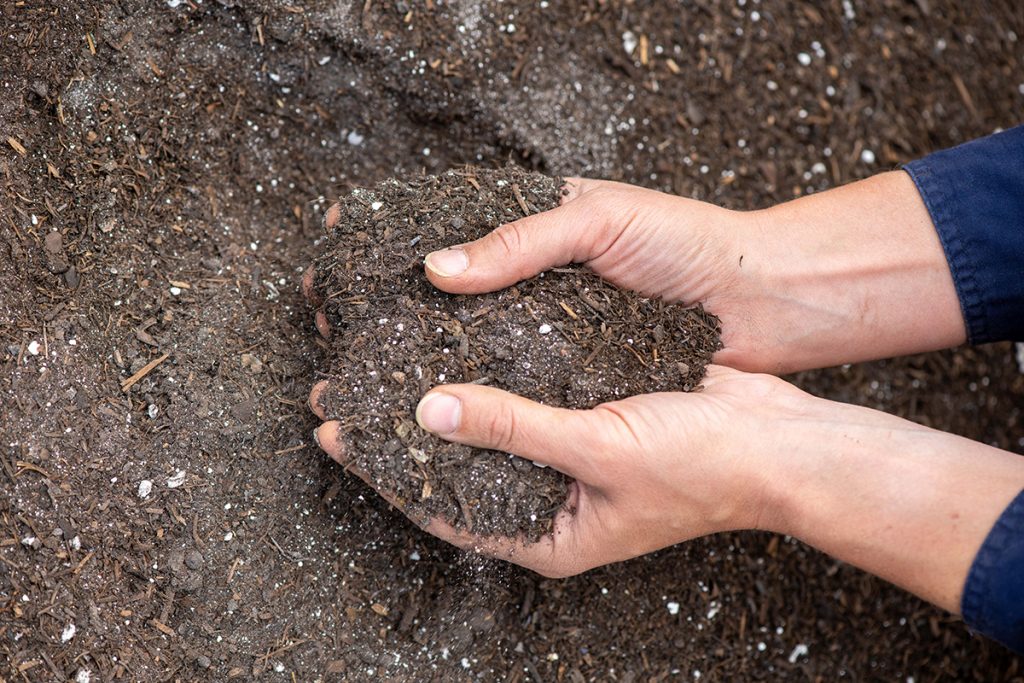In late January another 200Ha of summer cover crop was planted across our Australian Farmlands Fund Landscape. Cover crops have received plenty of coverage in agricultural media circles over recent years as the momentum and uptake of regenerative farming principles builds. Cover crops, often with up to ten or more plant types are planted for the following objectives:
• To maintain ground cover between cash crop rotations. This prevents topsoil erosion and reduces high soil temperatures that can damage soil biology;
• To build the levels of soil organic carbon and/or nitrogen fixation through the use of legumes, and
• To maintain the living biological ecosystem within the soil and avoid periods of soil ‘dormancy’ associated with fallow periods.
Usually, cover crops are not planted with a conventional grain harvest in mind, however, they can be grazed by livestock. Essentially, they are an agronomic investment into the health of the soil for the material benefit of subsequent cash crops.
In the case of the Funds’ 200Ha summer cover crops, they were planted with a specific objective of fixing atmospheric nitrogen via the processes that naturally occur on the roots of legumes such as beans, clovers and peas.
Utilising legumes for this purpose is not new to agriculture, however, until now its economic justification has often been challenged by the cost of the exercise. The flow on effects of global gas shortages, sea freight bottlenecks combined with geopolitical uncertainties in the black sea region have all contributed to a material spike in fertiliser prices from Q3 in 2021.
Peer-reviewed research indicates that biological (naturally produced) nitrogen can be up to four times more efficient for plant uptake. This makes sense since synthetically (artificially) produced nitrogen fertilisers require soil microbes to chemically convert them into plant available form. Moreover, synthetic fertilisers are subject to potentially large losses depending on the field conditions at application time. Before they are even available to the plant for uptake the farmers may have already lost as much as 50% of the available nitrogen they’ve applied in the field as it dissipates into the atmosphere. All of this can be difficult to measure accurately so the Funds’ have strategically sown paddocks of summer cover crops to allow for multiple in field trials with control fields alongside for direct comparison.
The investment case for such an exercise is supported by some fundamental nitrogen budgeting where a cost per unit of nitrogen applied is compared against that delivered via a cover crop. Based on the current high market prices for synthetic fertiliser it is likely that the cost to secure a unit of plant-available N via the use of cover crops may well be lower.
Cover crops also play an important role in protecting levels of soil organic carbon levels. The opposite of which is true if agricultural fields are left to fallow (remain bare or dormant) for extensive periods. Without living plants, there is no photosynthesis underway to feed the subsoil biology. This can lead these soil microbes to start metabolising the in-situ soil organic matter (which can be as much as 50% carbon). Whilst this process of carbon loss may be slow, it is still occurring, and ultimately counterproductive to the overarching objective of building soil organic carbon levels, not just for a more resilient farming business but to contribute positively towards mitigating climate change.
